A Second Chance
By Rob Eshman, Managing Editor
After emotional appeals, a unanimous L.A. City Council vote may finally save the landmark Breed Street Shul from ruin.
The massive structure is a contractor’s dream. It will need a complete seismic retrofit, new plumbing, new electricity, a new roof, graffiti removal and water-damage repair.

By a unanimous vote of 14-0, the Los Angeles City Council decided Tuesday morning to take over ownership of the historic Breed Street Shul in Boyle Heights. The decision clears the way for the city to turn the grand synagogue, once the very heart of Los Angeles Jewish life, over to the Jewish Historical Society of Southern California.
While the future of the decaying structure is still much in doubt, a coalition of Jewish communal leaders, lay activists and Latino residents of the Boyle Heights neighborhood, where the Shul sits, cheered the decision. “This is going to be a long-term project,” said JHSSC President Stephen S. Sass, “but at least now we can start.”
The long campaign to rescue the shul began 10 years ago, when the JHSSC worked to have the shul designated as an historic landmark.
The shul, located just off Cesar Chavez Boulevard at 247 North Breed St., had decayed considerably since its Orthodox membership in the once-heavily Jewish area had died off or moved away. The congregation’s last acting rabbi, Mordechai Ganzweig, claimed ownership of the property since then, but had allowed it to deteriorate considerably. Ganzweig resisted all overtures on the part of preservationists to buy or otherwise protect the sanctuary.
Meanwhile, the grand shul decayed. Vandals, crack users and prostitutes regularly entered the property, lighting fires and leaving behind food scraps, pornographic magazines, trash, urine, condoms and used needles. The shul’s windows were smashed, its pews and altars heavily scarred with graffiti and many of its precious fittings stolen or missing.
Nature also took its toll. Rainwater soaked through holy books, and successive earthquakes threatened to collapse the unreinforced masonry building.
In 1996, the City Council voted to have the Board of Public Works secure the building with plywood boarding and additional fencing. An assessment for the cost of the process, about $90,000, was placed against the property. When Ganzweig neglected to pay that amount, Councilmen Richard Alatorre, in whose 14th District the structure stands, and Hal Bernson, who at 13 celebrated his bar mitzvah at the shul, sponsored Tuesday’s resolution to declare the assessment delinquent.
At the council meeting, Sass and Ken Bernstein, from the Los Angeles Conservancy, spoke of the building’s important historic role for Los Angeles Jewry. Built in 1923 by Congregation Talmud Torah, the shul was the center of Jewish life in the city for two decades. It served as the spiritual home for a new and dynamic wave of Jewish immigrants, who went on to found many of the city’s leading businesses, synagogues and charitable organizations. Thousands gathered there to pray on the High Holidays, hearing many of the world’s best cantors. According to some film historians, the Kol Nidre scene of “The Jazz Singer,” the first talkie, was filmed inside the shul. Later, huge crowds surrounded the building to hear the announcement that a Jewish state had been declared in Palestine.
Under the council’s decision, the building’s putative owners have 20 days to pay the assessment plus additional costs and fines. Speaking on behalf of the Ganzweigs at the hearing, Steven Stone urged the council to postpone its decision, pending a determination by the state attorney general on the proper disbursement of the assets of the “defunct congregation.” Council members evidently were not persuaded by his arguments.
If the owners fail, as expected, to pay the assessed costs, the board will sell the property to the city. After a mandatory one-year waiting period, the city is expected to donate the shul to the historical society.
That, say many activists, is when the real difficulties could begin.
The massive structure is a contractor’s dream. It will need a complete seismic retrofit, new plumbing, new electricity, a new roof, graffiti removal and water-damage repair.
And beyond the issues of physical rehabilitation lay potentially divisive questions about the structure’s future use. Suggestions thus far range from converting the shul into a museum of local history to opening it up as a community service center for the largely Latino population around it. Sass has said that he envisions a combination of both ideas, along with retaining a part of the sanctuary for use as a synagogue.
No one knows who will pay for any of this. The JHSSC has established committees to determine the building’s immediate needs and future use. Sass hopes to begin fund raising soon. (Those who want to get involved can call the society at 213-761-8950.)
The JHSSC will work with the city to conduct a needs assessment of the property and with local residents to develop ideas that will meet neighborhood needs. Latino-Jewish relations, strained recently following the close state Assembly race in the San Fernando Valley between Richard Katz and Richard Alarcon, may be an unintended beneficiary of the shul’s renaissance. A large group of Latino activists from the East Los Angeles Community Corporation and the Los Angeles Fair Housing Corporation showed their support of the council motion with applause and a show of raised hands.
“The shul can be an important symbol of healing and cooperation between the Latino and Jewish communities,” said Councilwoman Laura Chick.
The Breed Street Shul today.
Jewish Genealogy Seminar Hits L.A.
By Ruth Stroud, Staff Writer
More than 600 people from all over the world are expected to attend the event, according to seminar chair Steve Abrams. The chance to network with other genealogists is one of the star attract-ions, Abrams says. “You never know who you may discover.”
“The Ellis Island of the West” is how the new Los Angeles population study refers to Jewish Los Angeles. Since the majority of Jews here only have to look back one or two generations to discover immigrant relatives, it isn’t surprising that the 18th Annual Seminar on Jewish Genealogy, from July 12 through July 17, is likely to be a popular and lively event.
The international gathering, to be held at the Century Plaza Hotel, will feature 75 lectures by more than 60 speakers. Arthur Kurzweil, whose 1980 book, “From Generation to Generation,” was instrumental in popularizing Jewish genealogy in the United States, will deliver the keynote address on Sunday, July 12.
Among the other speakers: Dr. Michael Berenbaum, president of the Survivors of the Shoah Visual History Foundation; Samuel J. Gruber of the Jewish Heritage Research Center; Zachary Baker of the YIVO Institute for Jewish Research; Karen Franklin of the Leo Baeck Institute; and Dr. Stanford J. Shaw of UCLA. Several genealogists and archivists from other countries will also give talks, including Vitalija Gircyte, the chief archivist of the Kaunas State Archives in Kaunas, Lithuania; Dr. Ladislau Gyemant, professor of Jewish history at the University of Cluj-Napoca in Romania; and Yale Reisner of the Jewish Historical Institute in Warsaw, Poland. Other noted authors and genealogists will deliver lectures, including Victor Perera, author of “The Cross and the Pear Tree”; Dr. Neil Rosenstein, who wrote “The Unbroken Chain”; and Miriam Weiner, author of the just-released “Jewish Roots in Poland.” For beginning genealogists, a workshop will be offered from 1 to 5 p.m. on July 12.
More than 600 people from all over the world are expected to attend the event, according to seminar chair Steve Abrams. The chance to network with other genealogists is one of the star attractions, Abrams says. “You never know who you may discover.”
For further information, contact Abrams at (818) 343-8643, by e-mail at SAbramsCPA@aol.com, or by mail at P.O. Box 55443, Sherman Oaks, CA 91413. Details on seminar registration and the program schedule are available from the seminar web site at www1.jewish gen.org/jgsla/seminar.htm, or from registration chairman, Scott Groll, (818) 786-3239 or via e-mail at sgroll@ix.netcom.com. Registration is $140 for the entire seminar or $35 per day.
Funding Our Future
By Ruth Stroud, Staff Writer
The Federation board approves the allocation of $500,000.
Just about everyone at the Jewish Federation agrees that providing a Jewish education to Jewish children is a top priority. But where should limited funds be spent? On day schools? On afternoon and Sunday religious schools? On programs designed to reach the unaffiliated?
A Los Angeles Federation task force committee charged with deciding how to spend the second half of a $1 million increase in Federation money earmarked for education has picked the first two — with the emphasis on day schools. The Task Force for Support of Jewish Education, chaired by Mark Lainer and operating under the auspices of the Federation’s Planning and Allocations Committee, recommended spending the money on day-school scholarships, supplementary education in middle- and high-school grades and two day schools with ambitious expansion plans: Milken Community High School and Heschel West. The Federation’s board of directors recently approved the recommendations, which are as follows:
* Milken and Heschel will each receive $100,000.
* Needy day school students will be awarded a total of $190,000 in scholarships — 130 scholarships of $1,000 each to children in kindergarten through eighth grades; 40 scholarships of $1,500 each for youngsters in grades 9 through 12.
* Supplemental schools catering to seventh- through 12th-graders will receive $95,000 for Jewish identity-building programs, such as retreats, and for teacher-training programs in those grades.
* The remaining $15,000 will be spent on marketing and administrative costs.
With fewer than 10,000 children in day schools, a disproportionate amount of money is being spent on these schools, grumbled one board member at the meeting. “Are we satisfied that the Federation is giving sufficient support to those not in day schools?”
“Anytime you spend money on X, you can say why aren’t you doing it for Y,” said Lainer, president of Jewish Education Service of North America, a national organization that promotes support for Jewish education within Federations. “We had a choice. We could give to all schools by allocation, or do something with an impact.”
The Federation chose to make a statement with its support of two high-profile schools.
Abraham Joshua Heschel West Day School in Agoura is the fast-growing 4-year-old financially independent branch of the Heschel Northridge campus and caters to the burgeoning Jewish population in the Conejo Valley. About 150 children from pre-K through fifth will attend in the fall, but the school has purchased 70 acres in Agoura with the view of eventually expanding to about 750 students and including a middle school.
“I think the Federation recognizes that there are 38,000 Jews here. We were the largest community without a Jewish day school, and we had no way to address this need,” said Gary Polson, one of Heschel West’s founding parents and a school board member.
Dr. Bruce Powell, president of Milken Community High School of Stephen S. Wise Temple said the $100,000 would prove invaluable in raising the final portion of the $32 million needed to fund the first phase of its three-building expansion, which will be dedicated this fall. Aside from the donation itself, the donor — the Federation — will help lend credibility to Milken’s campaign, Powell added. The school, which will have an enrollment of 632 students in grades 7 through 12 this fall, is the largest non-Orthodox Jewish high school in America, Powell said.
Dr. Gil Graff, executive director of the Bureau of Jewish Education, praised the task force for exercising “great wisdom” in allocating scarce resources to pressing needs. “It recognized that both day and supplementary schools are important arenas of educational activity, and students that attend both these types of educational institutions deserve and require community financial support.” The decision on how to allocate the money was not done according to a fixed formula, Graff added, and would likely change annually, along with community needs.
The Federation’s board of directors approved a $1 million increase for Jewish education in January. The first half of the money was added to an existing Financial Aid to Schools allocation.
Setting the Agenda for LA Jewry’s Future
By Ruth Stroud, Staff Writer

Herb Gelfand handed his successor, Lionel Bell, an oversized gavel, a crowbar and a pair of hedge clippers as he stepped down from the presidency of the Los Angeles Jewish Federation Sunday. These were tools he predicted Bell would need to keep order, coax money from reluctant donors and cut red tape during the next two years, Gelfand joked. Bell, in turn, met the challenge of the moment by briefly describing his agenda as president and quoting the famous maxim of Rabbi Hillel about it not being enough to be only for oneself.
“These words have taken on a very personal meaning,” said Bell, his voice breaking, as he addressed the audience of about 200 at the Federation’s annual meeting at the Loews Hotel in Santa Monica. “Thank you for allowing me to serve as your president. I hope I prove worthy.”
“We could not have a better president-elect,” said Rabbi Harvey Fields, noting that Bell had once served as president of Wilshire Boulevard Temple, where Fields is senior rabbi. Bell’s wife, Terry, was also president of the Federation previously, and both are longtime members of Wilshire Boulevard Temple and close friends of Fields. “He is probably one of the best organized lay people I have ever worked with,” Fields said.
During an interview in his 33rd-floor, corner office at Bear, Stearns & Co. in Century City several days before his installation as president, Bell talked about his goals. Silver-haired and soft-spoken, Bell, who is in his early 70s, is a managing director of Bear, Stearns & Co., where the news of market ups and downs blinks steadily from a computer screen atop his neat desk. He tends to look away when the news is bad, he admits, but is quick to assert, like a true veteran of his profession, that “for a young person, there is no investment as sound as the stock market.” And, he might just as soon add, there is no better charitable investment than the Jewish Federation’s United Jewish Fund. His primary aim as president, he says, is to support the UJF campaign. But providing services, not money-raising per se, is the object, he stresses.
“Without campaign, there is no Federation,” Bell said, just as, quoting a favorite saying, “without Torah, there is no bread, and without bread, there is no Torah.” Torah, in this instance, “is the services we provide.” The campaign goal of raising $50 million in 1998 to coincide with Israel’s 50th anniversary is definitely ambitious, he admits, “but our reach should exceed our grasp.”
Some of the other goals Bell pledges to pursue include:
*Supporting pluralism in Israel. The Federation has lent financial support and applied some persuasive tactics in trying to foster pluralism in the Jewish state, particularly in its vocal opposition to the controversial conversion bill. The plan is to continue efforts to promote greater religious pluralism and tolerance within the country, Bell said. One idea is to bring more Knesset members to the United States to learn firsthand about non-Orthodox Judaism in America since it’s relatively unknown in Israel.
*Creating an endowment fund to ensure that the Israel Experience program, which helps send high school and college students to Israel, has a constant stream of support.
*Continuing to build the partnership between Los Angeles and Tel Aviv into a productive and important relationship that yields significant benefits for Jews in both cities in education, the arts, human services and general person-to-person relationships.
*Deciding on a permanent location for the Jewish Federation. At the moment, it has only two more years and an option on another three at its current location at 5700 Wilshire Blvd. But after two years, the lease on the building will rise to the going market rate, which will likely be exorbitant. A decision should come in the next two months on whether to move to a location farther west or renovate the old, quake-damaged quarters at 6505 Wilshire Blvd.
*Continuing support for educational programs that promote Jewish continuity, including day school, Hebrew school, summer camps and Israel Experience. This year, the Federation is contributing an additional $1 million to Jewish education. Bell supports the increase, but with a mild caveat. “I believe in a day school education, but not at the expense of public education.”
*Increasing the Federation’s outreach to synagogues and to young people through the ACCESS young adult group
*Fostering the Jewish Community Foundation. Its endowment fund is the single largest contributor to the annual campaign — about $1.4 million in 1998. When donors die, quite often, their gifts die with them, Bell said. By endowing a gift, they realize tax benefits during their lives and their donation continues helping others once they’re gone.
*Putting some policies and programs in place based on the findings of the Federation’s newly released demographic survey.
In general, Bell said, his style is to build consensus rather than seek confrontation. “I’m not a fighter, I’m a lover,” he said, jokingly. His wife, Terry, who preceded him in both as general campaign chair and as Federation president will play “a major, major role” in supporting Bell’s leadership, he said. The pair met during Bell’s senior year at UCLA, and have two children, Nancy and Ralph, and two grandchildren. Terry announced her husband’s installation “with love, with pride and with great delight.” Rabbi Chaim Seidler-Feller, in pronouncing the benediction, compared the incoming Federation president to Moses. “God beseeched him to be leader, and Moses shunned the role,” Seidler-Feller said. “Lionel is Mosaic because he is humble.” But the rabbi called on Bell to lead the Federation in embracing debate within the Jewish community about the important issues of the day. “I think we could only gain if our rabbis discussed their differences,” he said.
Incoming 1998-99 officers were also installed at the meeting Sunday. They include: Dr. Beryl Geber, Herbert Glaser, Meyer “Mike” Hersch, Arthur Jablon, Ron Leibow, Todd Morgan, Edward Robin, Margy Rosenbluth, Annette Shapiro, Howard Welinsky, David Gill and Newton Becker.







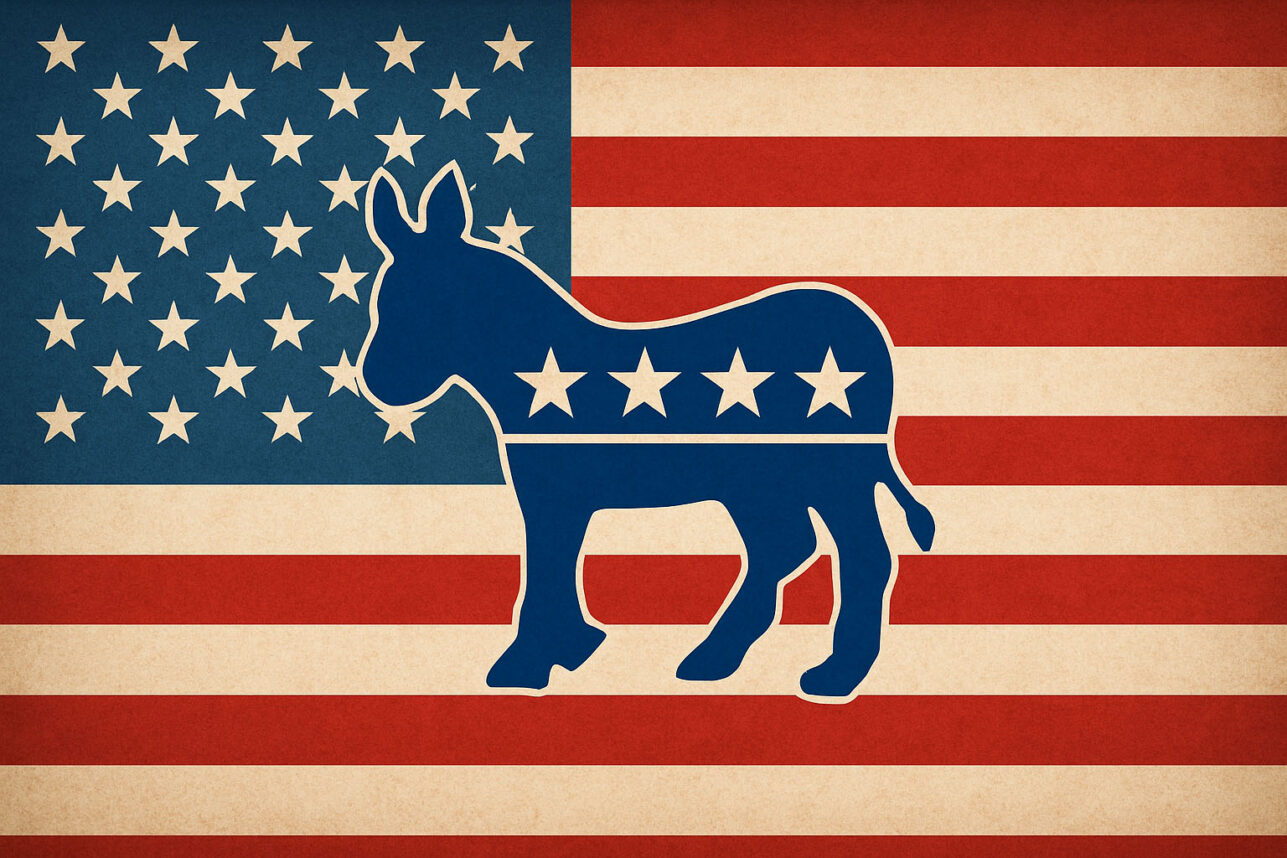
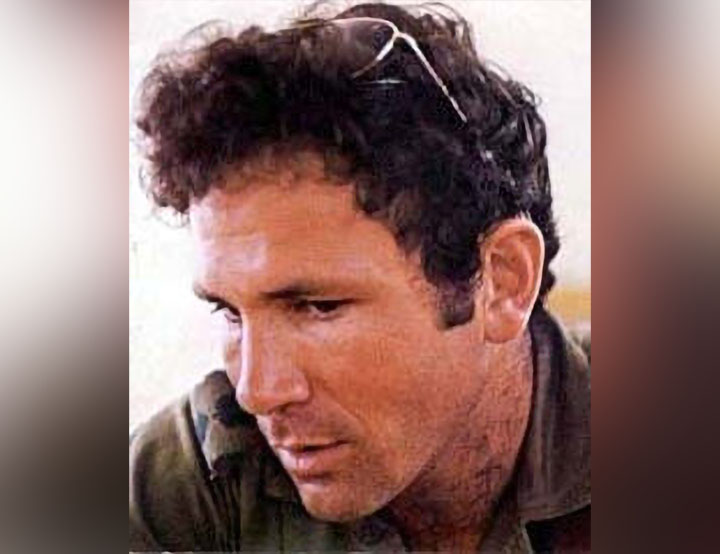
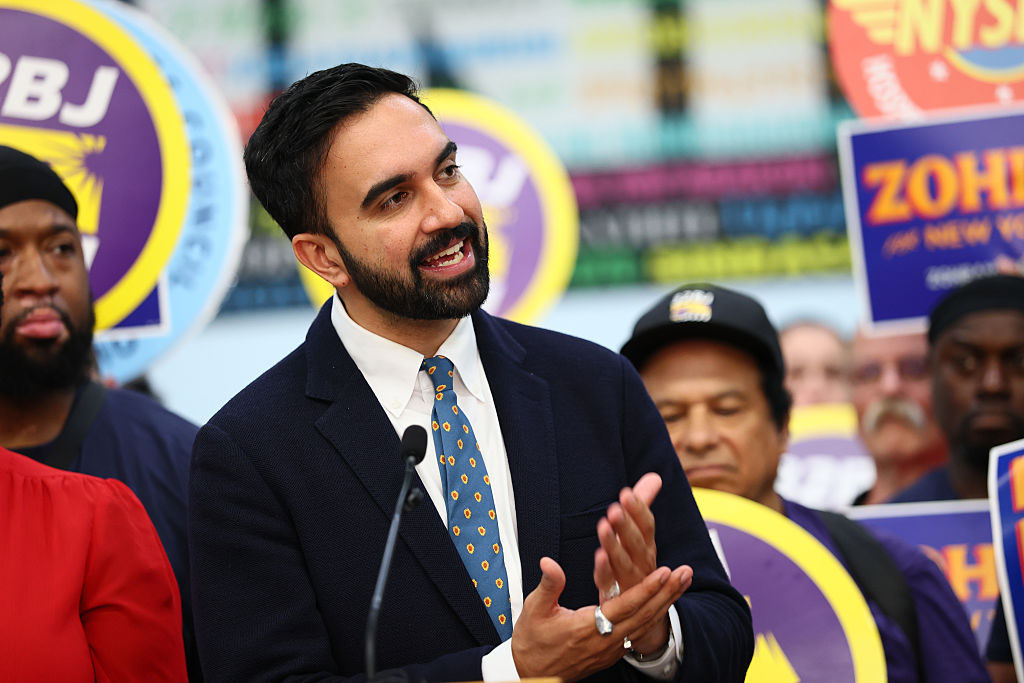
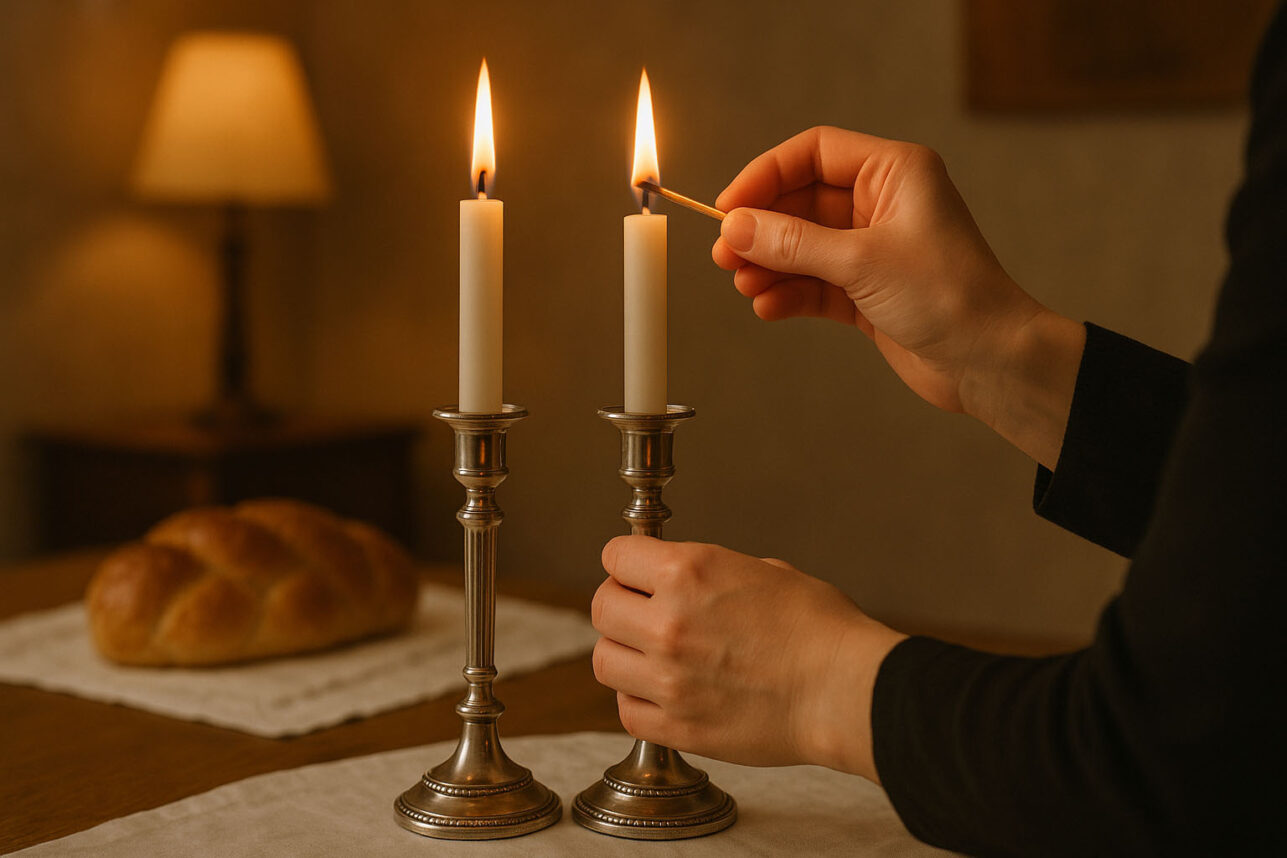


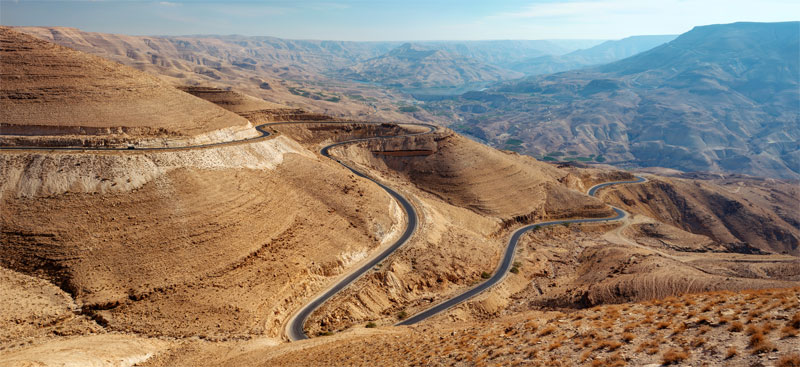



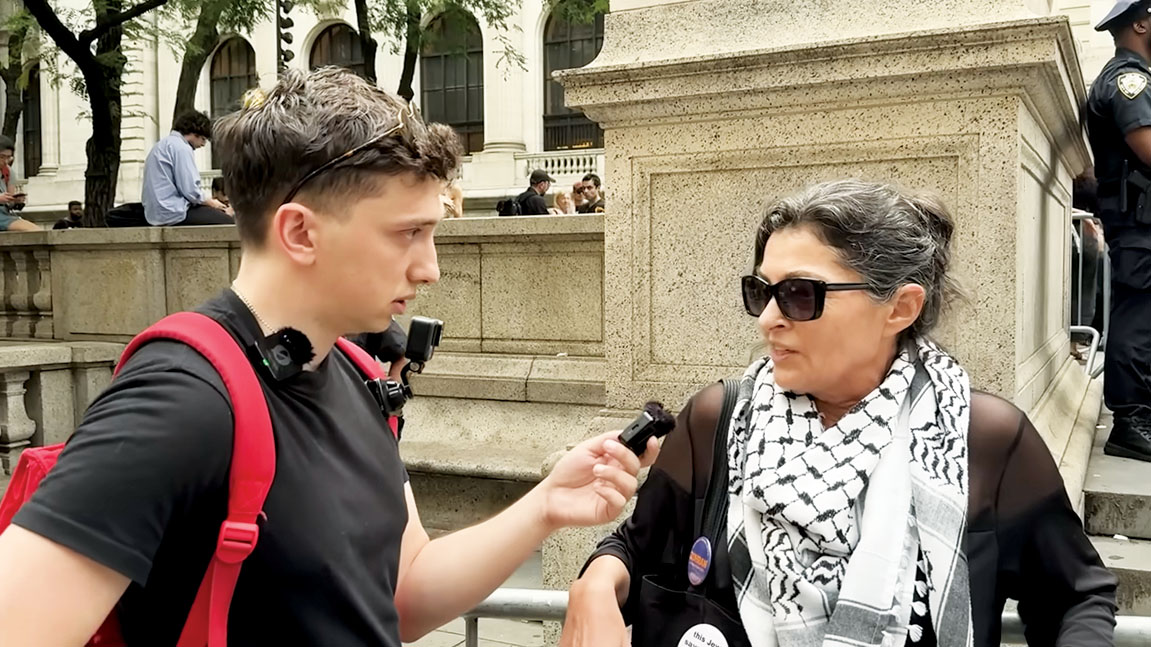
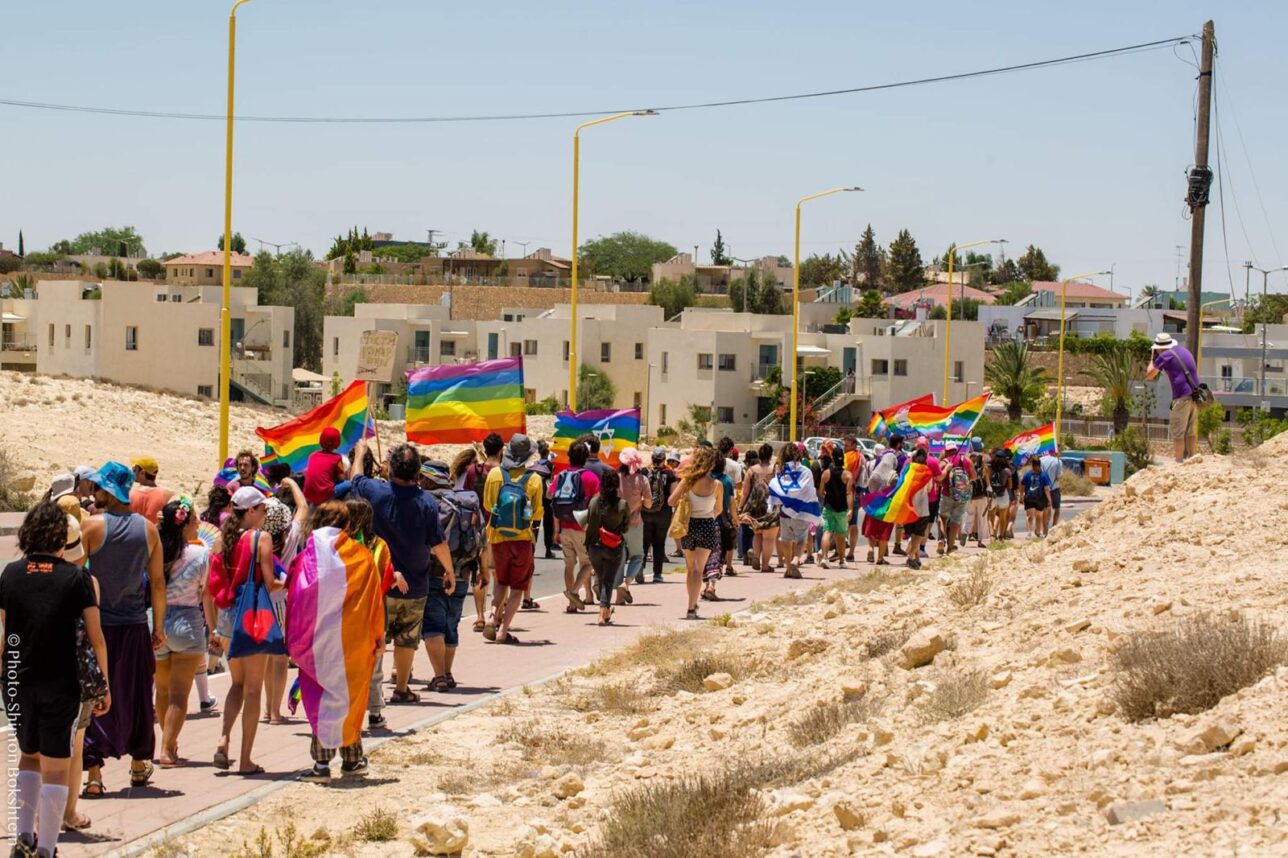

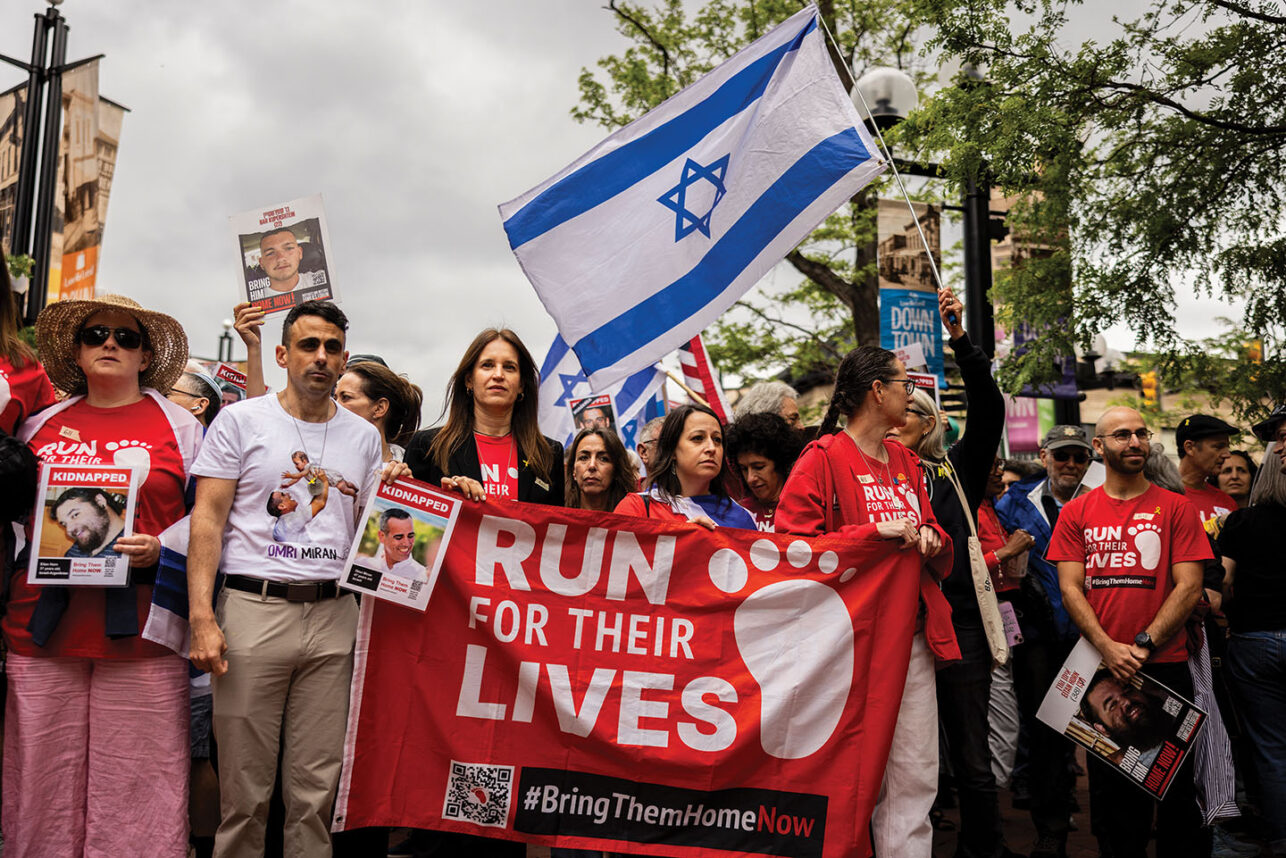



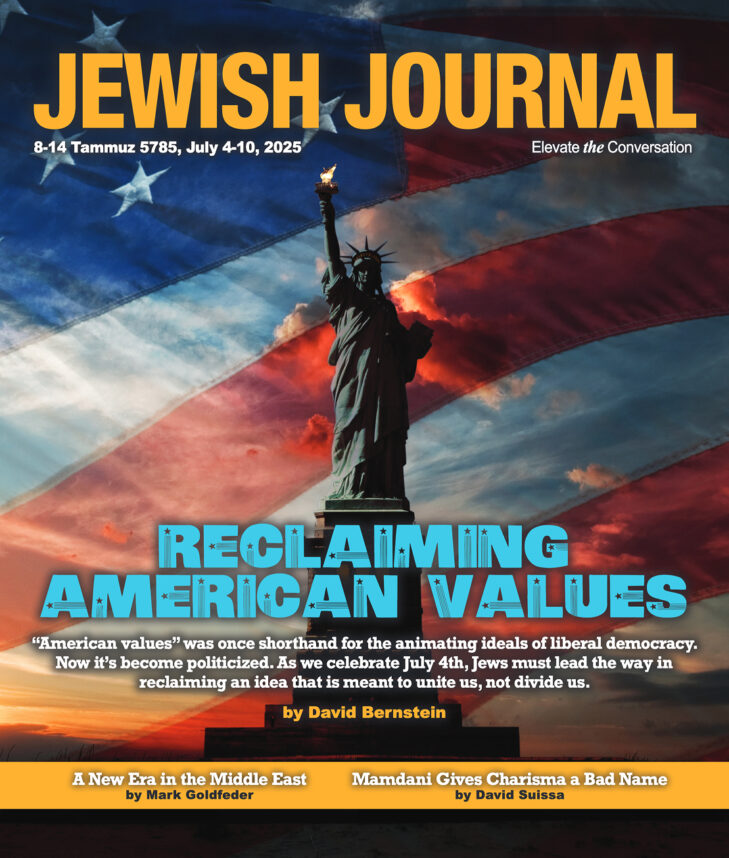
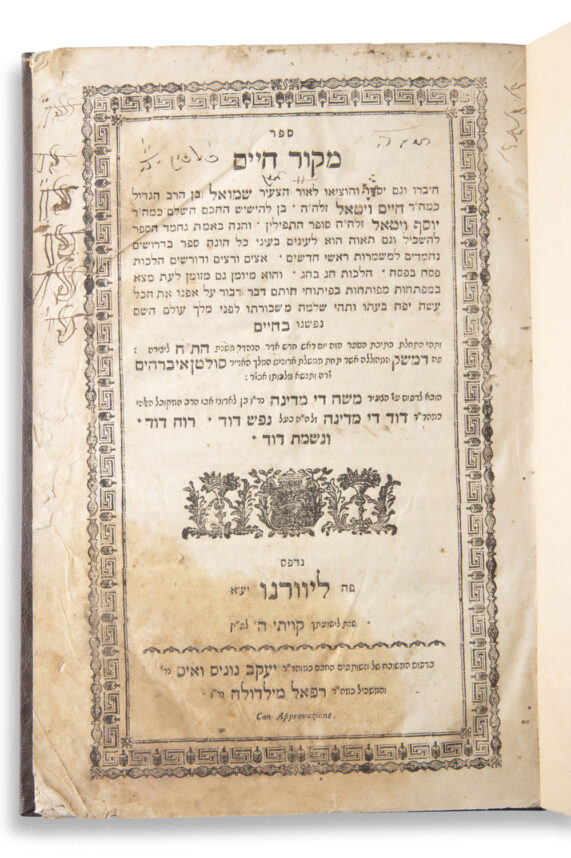

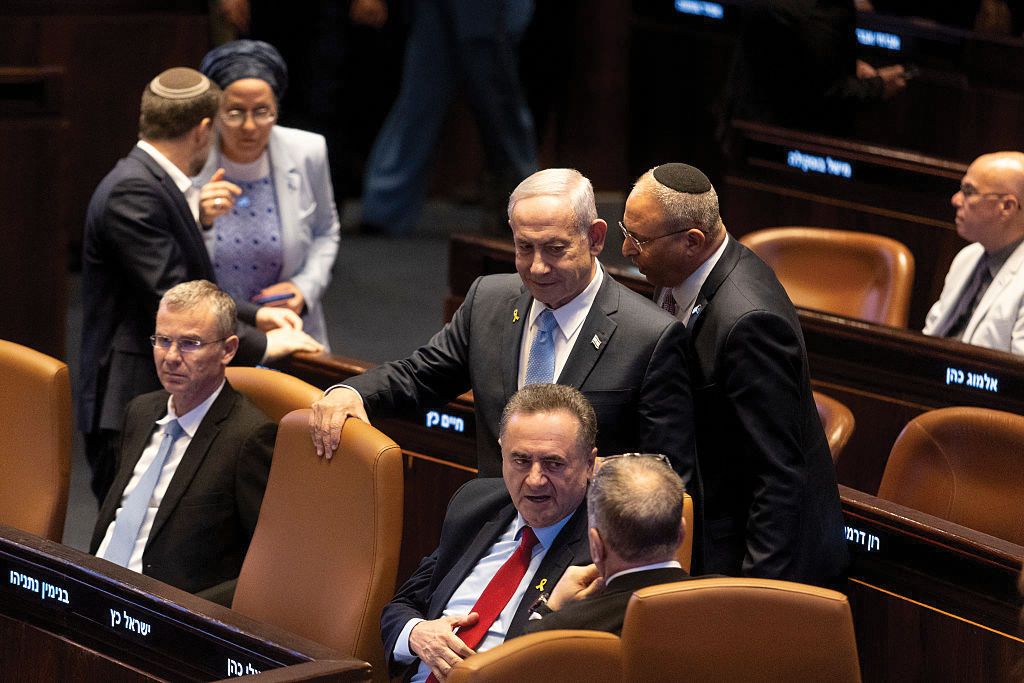
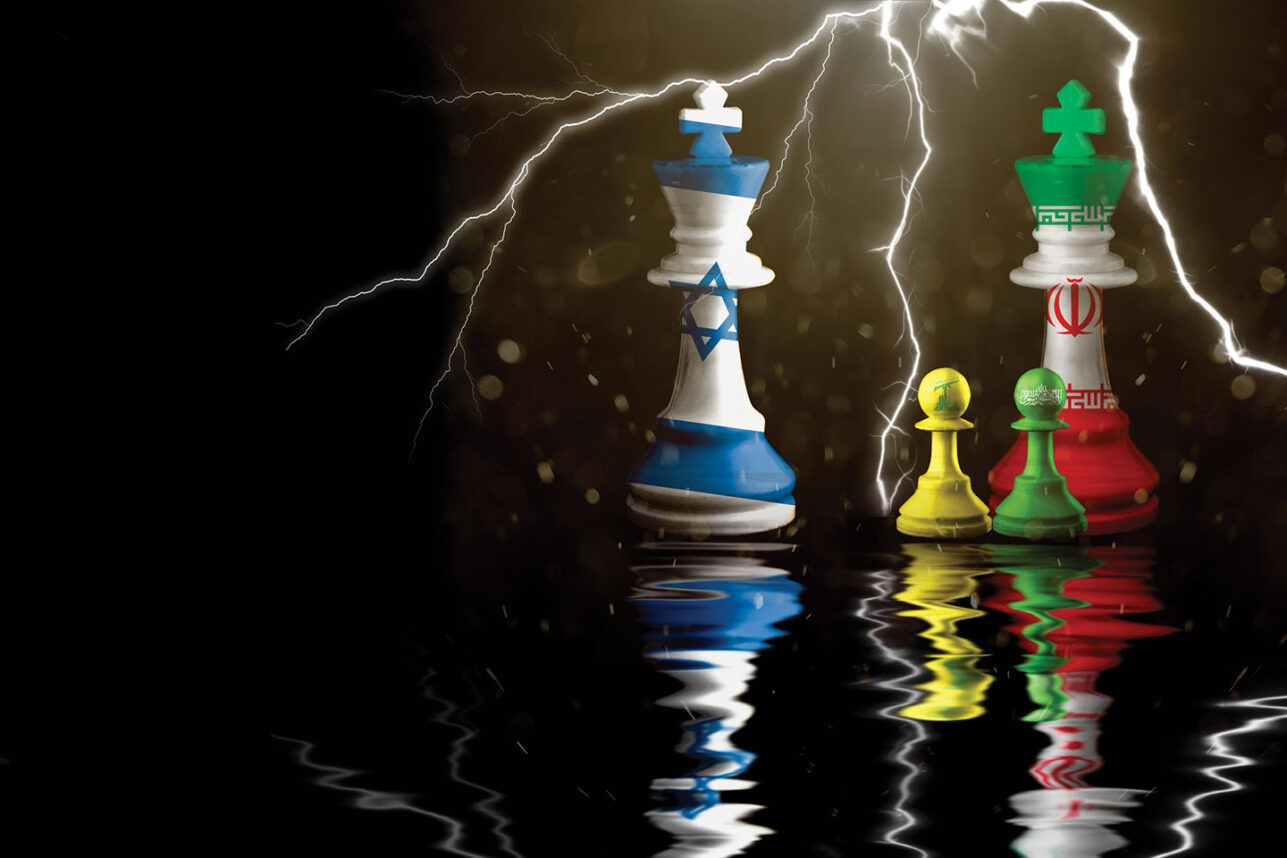


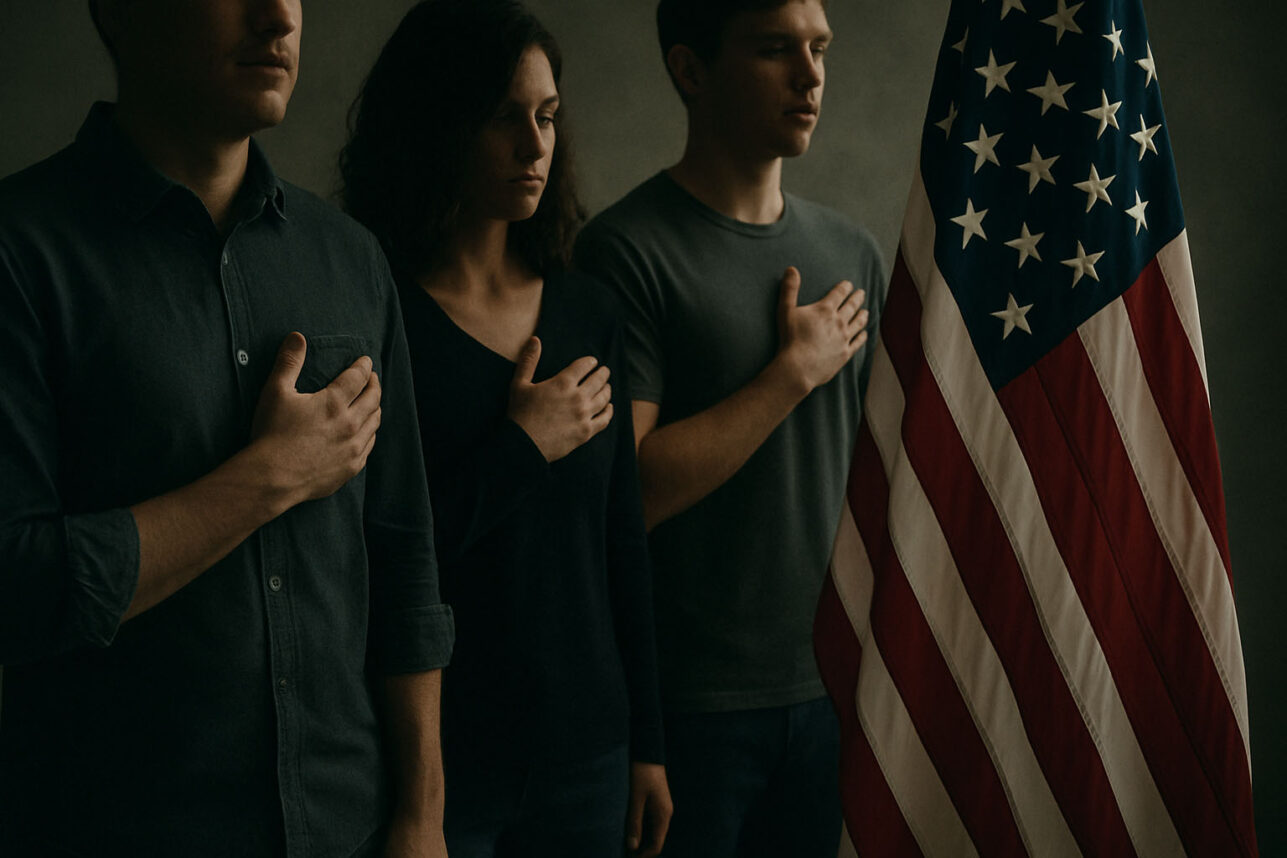
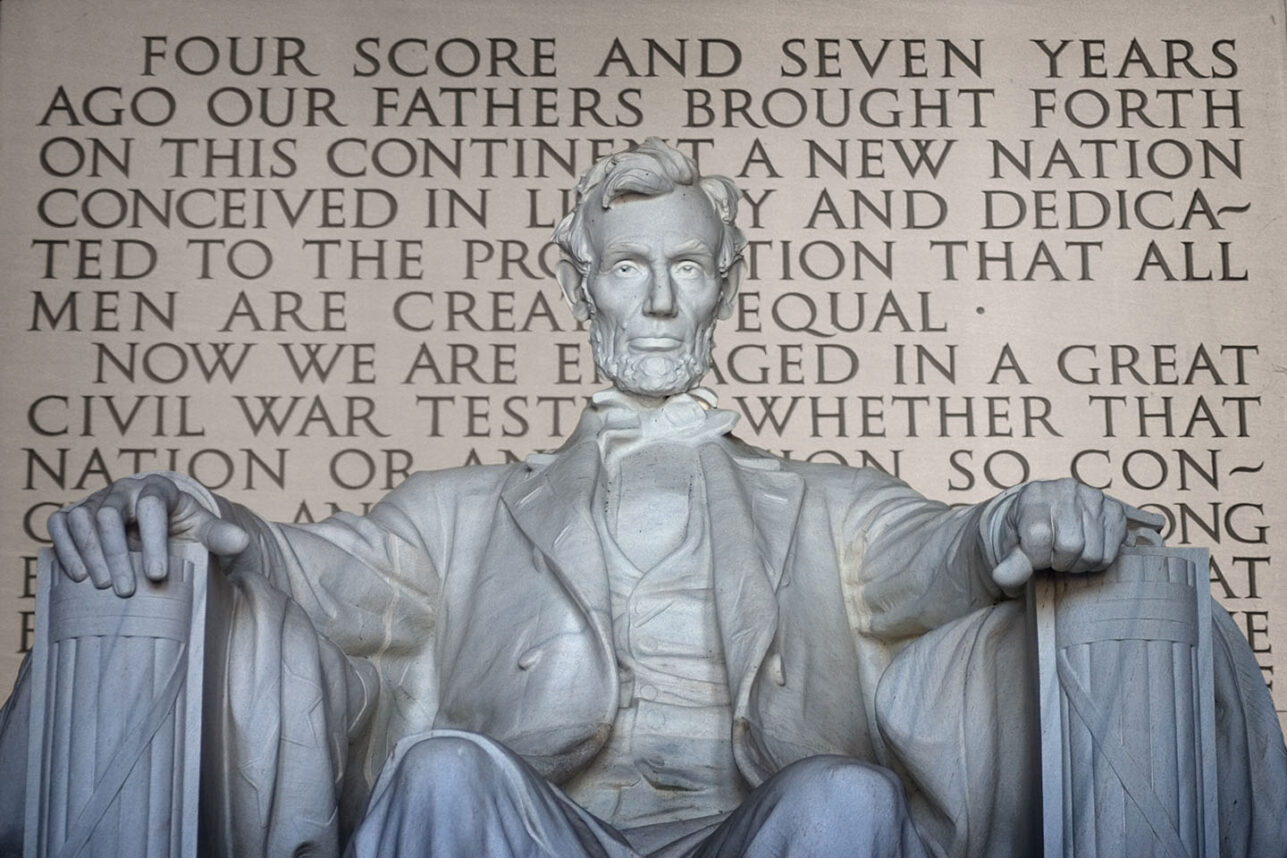

 More news and opinions than at a Shabbat dinner, right in your inbox.
More news and opinions than at a Shabbat dinner, right in your inbox.